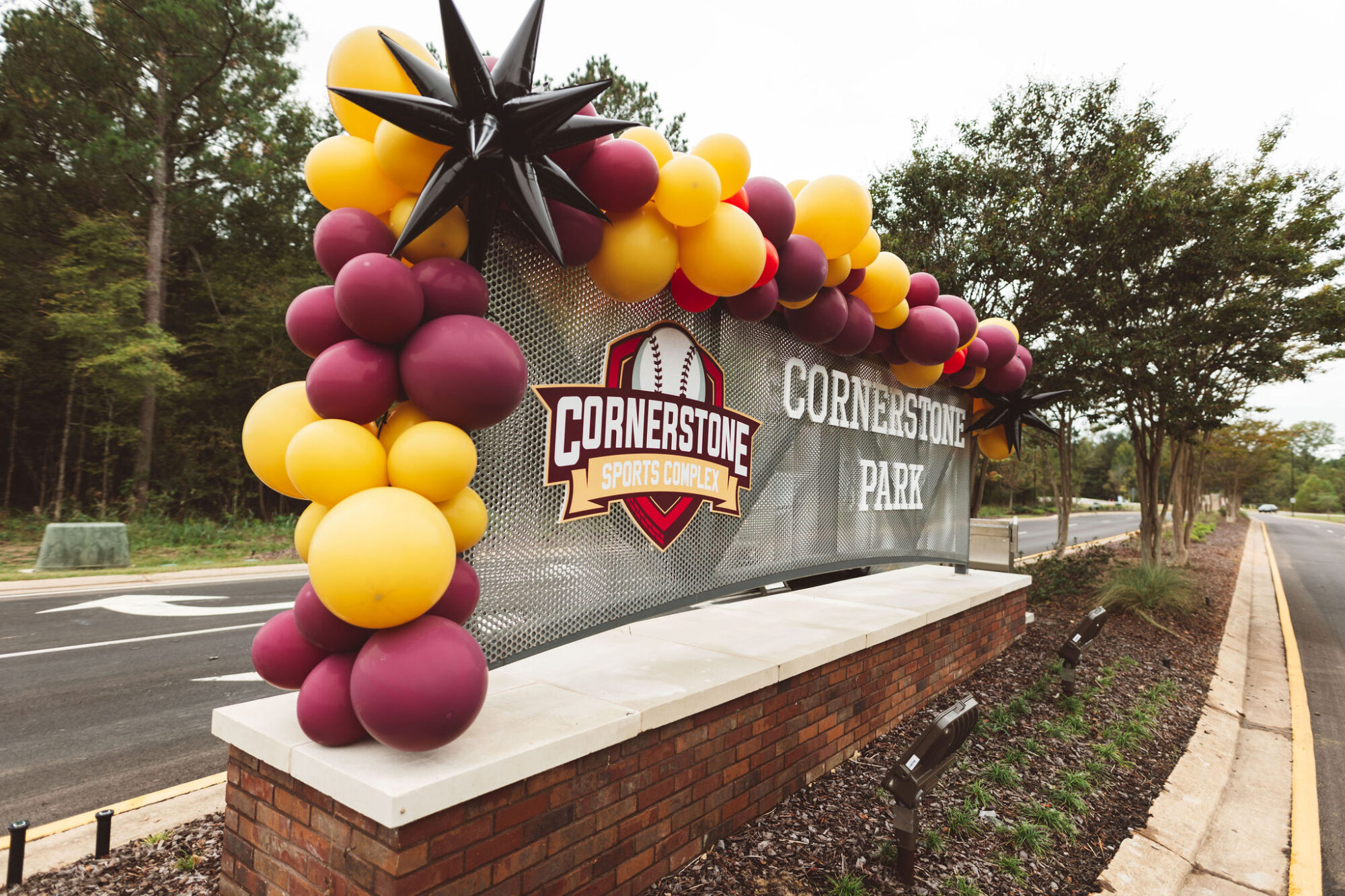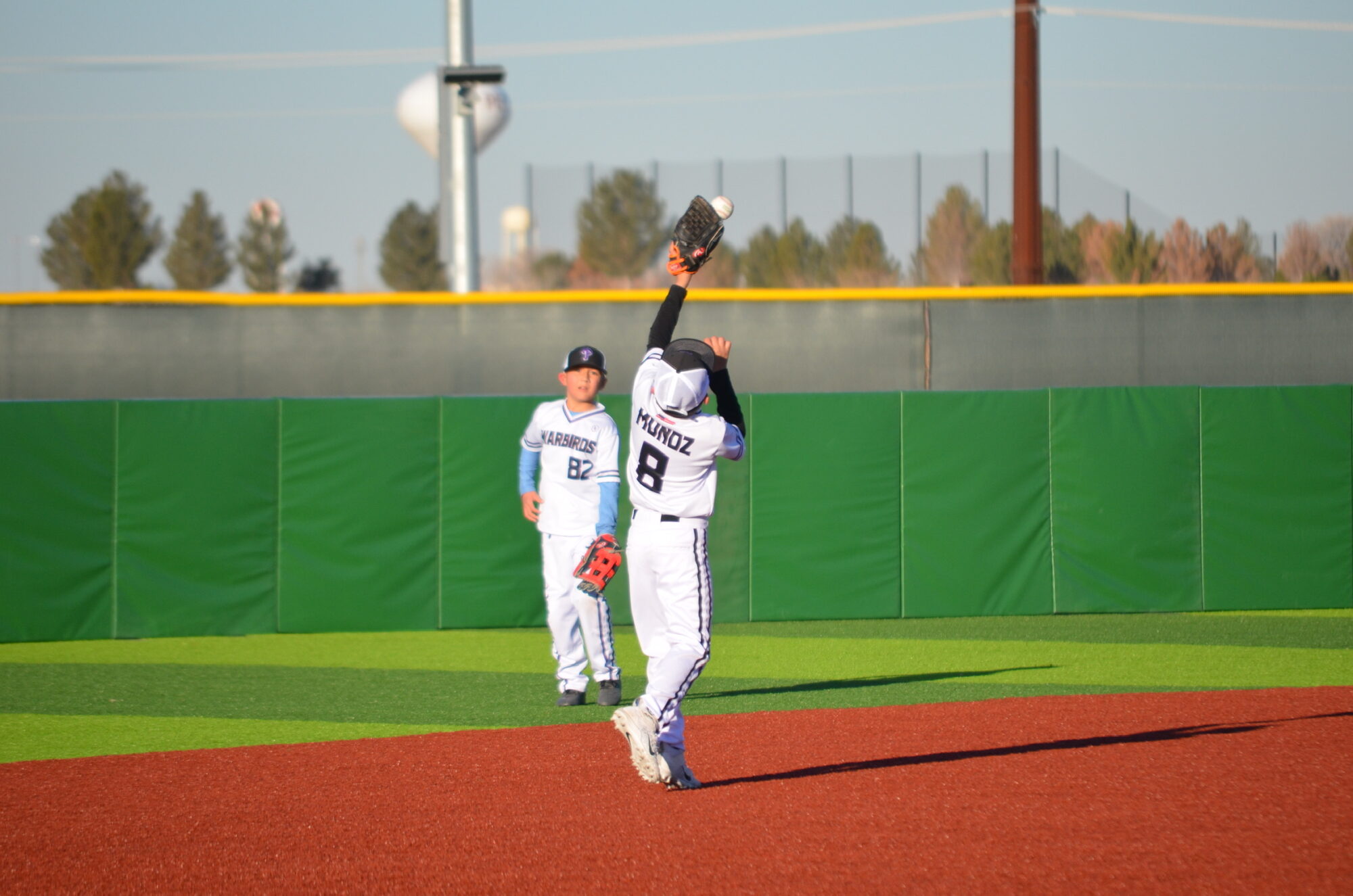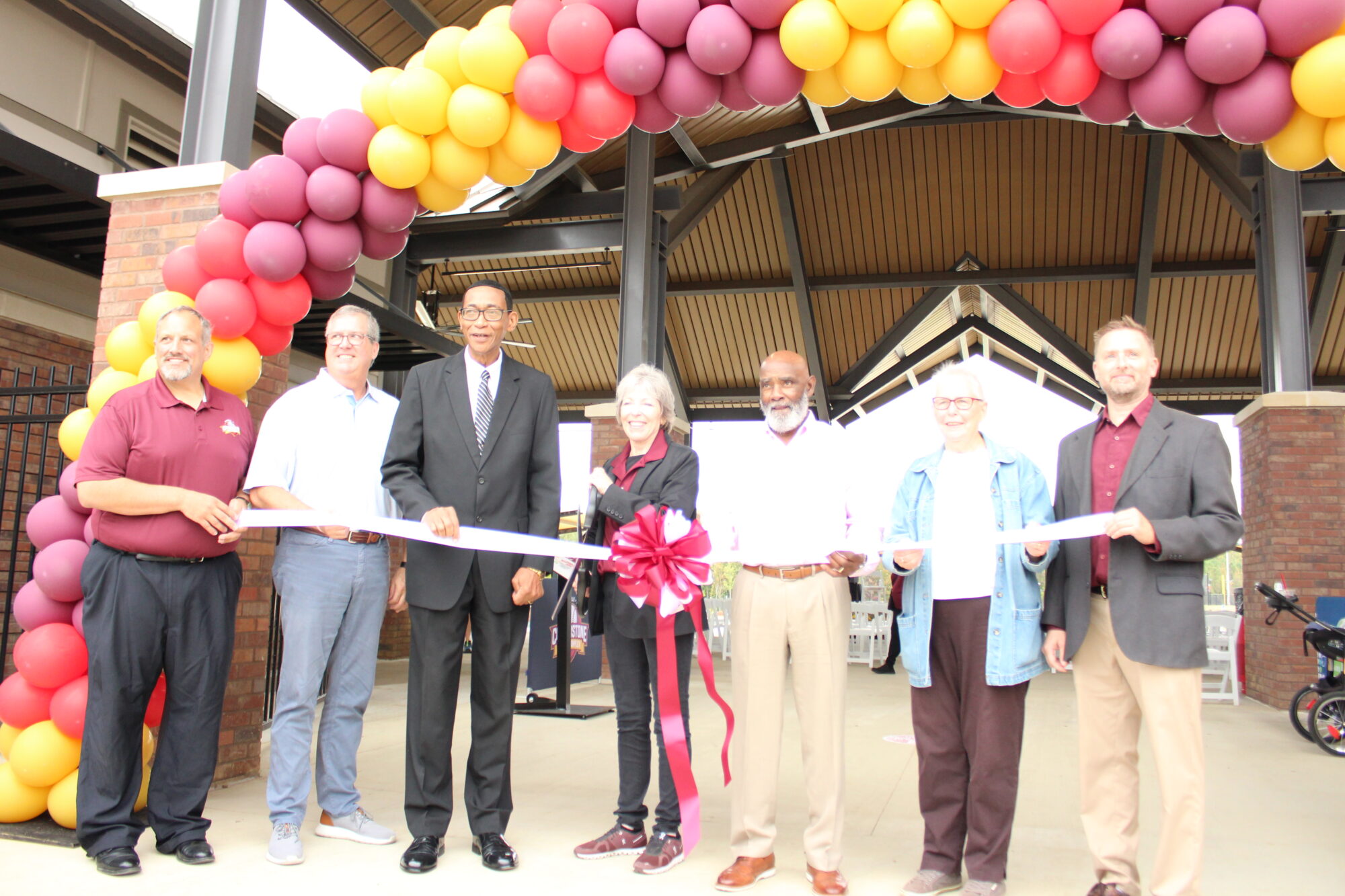By
Legend has it that tee-ball was first played in 1960 in Starkville, Mississippi.
“Another location claims it started there, but we claim it best,” quips Starkville Mayor Lynn Spruill.
What’s not in debate is that Mississippi is baseball country. Mississippi State University has a storied past that includes Major League Baseball legends Will Clark and Rafael Palmeiro—“Thunder” and “Lightning”—playing side-by-side in Starkville.
Looking to drive new visitors to the city, Starkville turned to its past for a better future in the form of Cornerstone Sports Complex. The 12-field facility, located on a 125-acre park off Highway 25, opened in October 2023 and is already yielding significant benefits for the community.
In its first full year, the baseball/softball complex hosted 21 events and attracted 29,000 visitors, generating $9.3 million in economic impact. “It’s been exactly what we wanted it to be, which was a driver for economic opportunity,” says Spruill of Cornerstone.
Destinations across the United States, like Starkville, will be counting on sports tourism to step up to the plate amid an uncertain economic future. Just as destinations relied upon youth sports to carry the travel sector during the Great Recession and the COVID-19 pandemic, they are gearing up to do so again amid decreased visitation and a potential recession.
“When we go back and we look at what happened during the pandemic, sports tourism saved destinations,” says John David, president and CEO of SportsETA, the association for the sports tourism industry. “Now is the time to lean in to show the rest of the tourism industry that we’re the light.”

Sports tourism, and in particular, youth sports, has been a constant while leisure and business travel have sustained ups and downs over this quarter-century. The industry continues to grow exponentially. According to Sports ETA’s 2023 State of the Industry report, the most recent study on the subject, sports tourism is responsible for $52.2 billion in total direct spending and has a total economic impact of $128 billion.
Having just completed his second year leading SportsETA, David is confident the numbers will continue to grow. Several international events, including the 2026 FIFA World Cup, 2028 Summer Games, and 2031 Rugby World Cup, are slated to be played on American soil. David says the industry needs to follow the trends from the competitions to capture a potential boon for a myriad of sports.
“When I started [at SportsETA], I was optimistic about where the industry was headed,” says David, who previously was chief strategy officer of USA BMX. “And I would tell you that after two years, I’m even more optimistic.”
At the heart of his hope are the sports complexes that are the foundation of the industry. Premier facilities not only provide premium places for locals and visitors to play, but are also among the country’s most reliable business development pieces.
Destinations, facility managers such as The Sports Facilities Companies (SFC), and event organizers have gone beyond planning tournaments to creating experiences. Among the biggest trends is cities using sports complexes as an anchor for mixed-use development districts featuring hotels, restaurants, and entertainment venues.
SFC’s portfolio of more than 90 facilities generates nearly $1 billion in annual economic impact from over 25 million guest visits. The company has an additional 12 new projects in development in America’s largest cities, including New York City and Los Angeles (Ontario, California), as well as in smaller communities like Mattoon, Illinois.
Here’s how the domino effect unfolds:

Image credit: Cylcone Ballparks
Thomas Ward, general manager of Cyclone Ballparks in Pecos, Texas, seeks to provide an all-star experience to teams visiting the town of about 13,000 residents.
“I want it to feel like they’re playing in a major league stadium, because the fields are so nice,” says Ward, who took over the facility in late 2024. “I think with the field amenities and the amenities on site, and what’s coming in the future for Pecos, I think we’re going to really be able to do that.”
Step one is the completion of an expansion that will add six additional playing fields to Cyclone Ballparks, allowing for up to 11 diamond fields depending on a tournament’s configuration.
Plans are in the works for a $47 million waterpark project near the facility that will provide on-site entertainment for participants and their families, helping to combat the brutal Texas heat. Ward adds that new hotels have opened in Pecos due to demand from nearby oil companies.
The projects add to Ward’s playbook to expand the complex’s reach into Oklahoma and Mexico, as well as regulars in New Mexico, Arizona, and Texas. Tournaments are held about once or twice per month, depending on the season. Ward hopes to attract more by promoting greater amenities mixed with the region’s culture—it’s home to the original rodeo, the West of Pecos Rodeo—and natural attractions like Carlsbad Caverns National Park.
David applauds efforts like those occurring in Pecos to create experiences, allowing parents to choose how to allocate their money for travel.
“The new family vacation is the tournament,” says David, a father of travel athletes. “The one thing that families are not going to sacrifice is that time for the athlete in the family.”
Despite the rise in sports tourism and continued development of new facilities, David is convinced the industry has not hit a saturation point. He points to the demand for field space among parks and recreation departments, where David first entered the industry, as proof that communities can do more to encourage children and adults to lead healthy and active lifestyles.
David says the key is to evaluate whether each project is based on a community’s best interests. “If we’re meeting the needs of the community, and we’re factoring that into the decision-making process, I think we have a tremendous amount of room for growth,” David says.
Spruill has a similar philosophy with an ambitious goal. She affirms Cornerstone is “a rec facility, not just a tournament facility. We’re doing it for our residents.”
Monday through Thursday (and sometimes Friday), local athletes can play on top-notch fields and learn from Mississippi State coaches who volunteer their time at clinics and camps.
The goal is to forge a bond, encouraging local children to attend MSU and ultimately find a job and contribute to the local economy. “We’re building baby Bulldogs,” says the mayor, referring to the school’s mascot.
Because it is a Southeastern Conference (SEC) university town, Starkville hosts major sports events regularly. And what Starkville may lack in size (about 25,000 residents), it makes up for in hospitality, Spruill says. As proof, USA Today named it the top small Southern town for the second year in a row.
A Main Street beautification project is among the ways the mayor is aiming to improve Starkville’s image and experience.
Through sports, Spruill sees the city rising. Cornerstone is a major asset if it lives up to its promise, notes the mayor.
“Our trajectory has always been some measure of growth,” she says. “Our biggest challenge will be making sure that we take care of what we’ve currently got.”

Image credit: Cristina McCollum